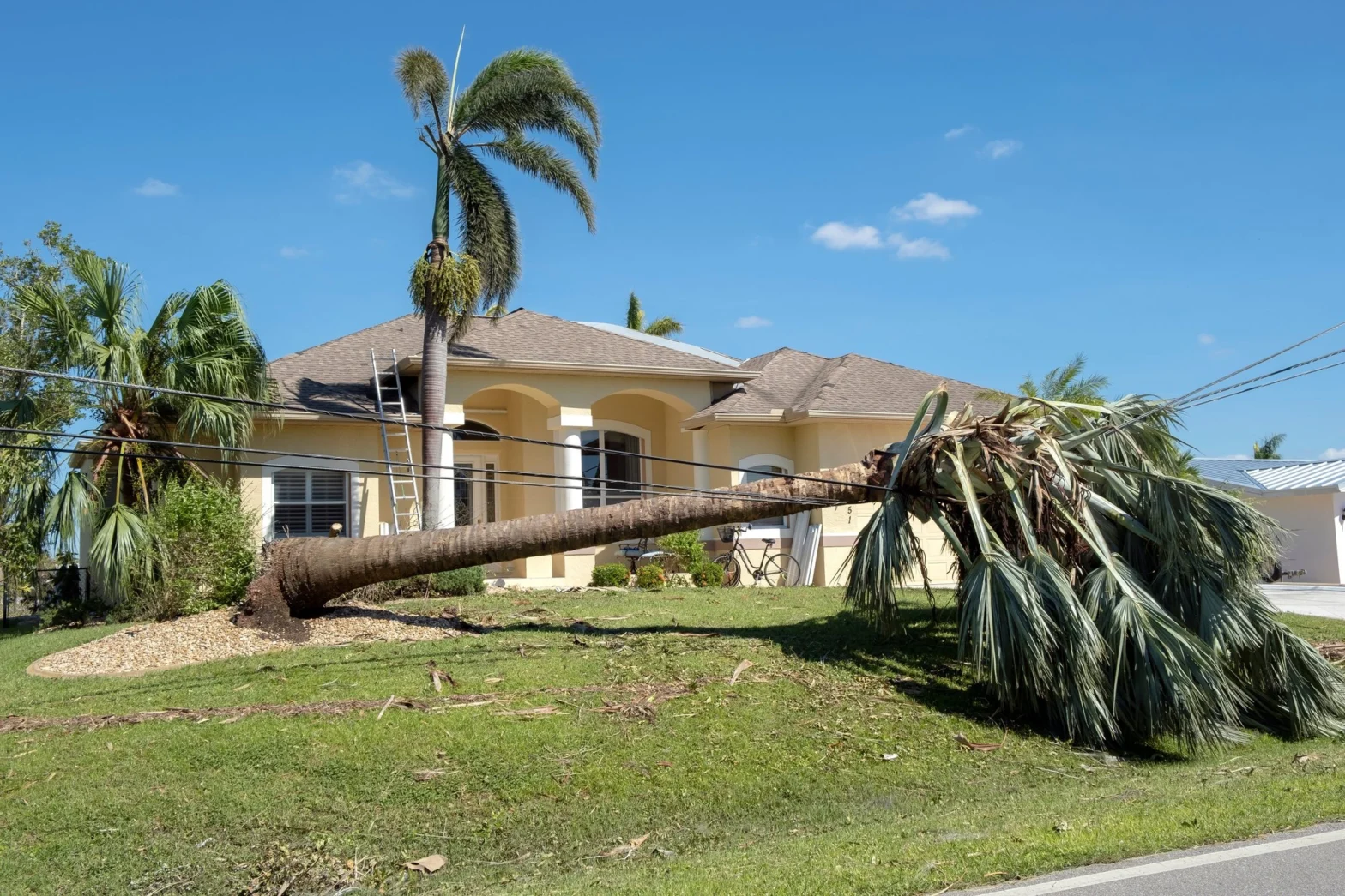Innovations in Emergency Power Systems: Ensuring Energy Availability During Disasters
New Heaven Developers July 16, 2025

The Importance of Emergency Power Systems
During disasters, the loss of electricity can severely impact essential functions such as communication, water supply, heating or cooling, medical equipment operation, and security systems. Emergency power systems serve as a lifeline, ensuring these vital services remain operational when the grid fails. Traditionally, emergency power relied heavily on fossil-fuel generators. While effective in providing backup power, these generators come with several limitations: noise pollution, emissions, the need for fuel storage, and limited runtime. Recent advancements aim to overcome these drawbacks through cleaner, quieter, and more efficient technologies.Solar-Powered Backup Systems
Solar energy has become a cornerstone of emergency power innovations. Photovoltaic (PV) panels convert sunlight into electricity, which can be stored and used when the grid is down. The integration of solar panels with battery storage offers numerous benefits:- Sustainable Energy Supply:Solar systems generate power without greenhouse gas emissions, supporting cleaner recovery efforts.
- Reduced Dependence on Fuel:Unlike diesel generators, solar setups do not require fuel deliveries, which can be disrupted during disasters.
- Silent Operation:Solar panels operate silently, reducing noise pollution in neighborhoods.
- Scalability:Systems can be tailored to the size of the home or the needs of the community.
Advances in Battery Storage Technology
Battery storage is the critical component that stores energy for use when sunlight isn’t available or when the grid is offline. Innovations in battery technology are continually improving capacity, efficiency, lifespan, and affordability.- Lithium-Ion Batteries:These have become the industry standard due to high energy density, rapid charging capabilities, and long cycle life.
- Flow Batteries:Offering scalability and extended discharge times, flow batteries are increasingly used for larger community or commercial applications.
- Solid-State Batteries:Currently in development, these promise enhanced safety and energy density by replacing liquid electrolytes with solid materials.
Smart Energy Management Systems
Innovations extend beyond hardware to include intelligent energy management systems that optimize power use by:- Prioritizing Loads:Automatically directing power to essential devices like refrigerators, medical equipment, and communication tools.
- Monitoring Usage:Providing real-time data on energy consumption and battery status.
- Seamless Switching:Detecting grid outages instantly and switching to backup power without interruption.
- Remote Control:Allowing homeowners or service providers to monitor and manage systems via mobile apps.
Microgrids and Community Resilience
Beyond individual homes, microgrids are gaining traction as community-level solutions. A microgrid is a localized network of interconnected energy loads and distributed resources that can disconnect from the main grid to operate independently. Benefits include:- Enhanced Reliability:Microgrids can maintain power locally during widespread grid failures.
- Shared Resources:Communities can pool renewable energy generation and storage capacity.
- Economic Advantages:Shared infrastructure reduces costs for individual homeowners.
- Improved Disaster Response:Microgrids can prioritize powering critical community facilities like shelters, hospitals, and emergency services.
Portable and Rapid Deployment Systems
Disaster recovery often requires immediate power solutions before permanent infrastructure can be restored. Innovations now include portable and rapid deployment systems that provide:- Mobility:Easily transportable units can be sent to disaster sites or remote locations.
- Plug-and-Play Design:Quick setup enables immediate use by homeowners or emergency response teams.
- Renewable Integration:Many units incorporate solar panels or small wind turbines.
- Hybrid Options:Some combine battery storage with fuel-based generators for extended runtime.
Integration with Building Design
Emergency power solutions are increasingly integrated into building designs rather than being added after construction. This approach enhances aesthetics, efficiency, and resilience.- Solar Roofing:Photovoltaic shingles and tiles that blend seamlessly with traditional roofing materials.
- Battery Storage Enclosures:Compact, safe, and often hidden units that save space and preserve home appearance.
- Energy-Efficient Appliances:Pairing backup power with energy-efficient devices maximizes available energy during outages.
- Building Automation:Coordinated control of lighting, HVAC, and security systems reduces power loads and extends battery life.
Regulatory and Incentive Landscape
Government policies and incentives play a vital role in encouraging adoption of advanced emergency power systems. Programs often provide:- Tax Credits and Rebates:Reducing upfront costs for solar and battery installations.
- Grid Interconnection Standards:Enabling safe, efficient connection of backup systems to utility grids.
- Resilience Planning Grants:Supporting community microgrid and disaster preparedness initiatives.
- Building Code Updates:Encouraging or requiring backup power provisions in new developments.
Key Considerations for Homeowners and Developers
When planning emergency power systems, several factors must be considered to ensure effective, cost-efficient solutions:- Energy Needs Assessment:Identifying which appliances and systems need backup power and for how long.
- System Sizing:Calculating the appropriate solar panel capacity and battery storage to meet those needs.
- Site Conditions:Evaluating roof orientation, shading, and available space for solar arrays.
- Budget and Financing:Balancing upfront costs with long-term savings and financing options.
- Maintenance Requirements:Planning for routine system inspections and upkeep to maintain reliability.
- Future Expansion:Designing systems with scalability to accommodate growing energy demands or new technology adoption.
Ongoing Innovation and Research
The emergency power field is dynamic, with continuous research driving new materials, storage solutions, and intelligent management systems. Emerging trends include:- Vehicle-to-Grid (V2G) Technology:Utilizing electric vehicles as mobile energy storage during outages.
- Advanced Materials:Developing more durable, eco-friendly battery components.
- AI-Driven Energy Management:Using artificial intelligence to predict energy demand and optimize storage usage.
- Hybrid Renewable Systems:Combining solar, wind, and other renewables for diversified and reliable energy supply.
